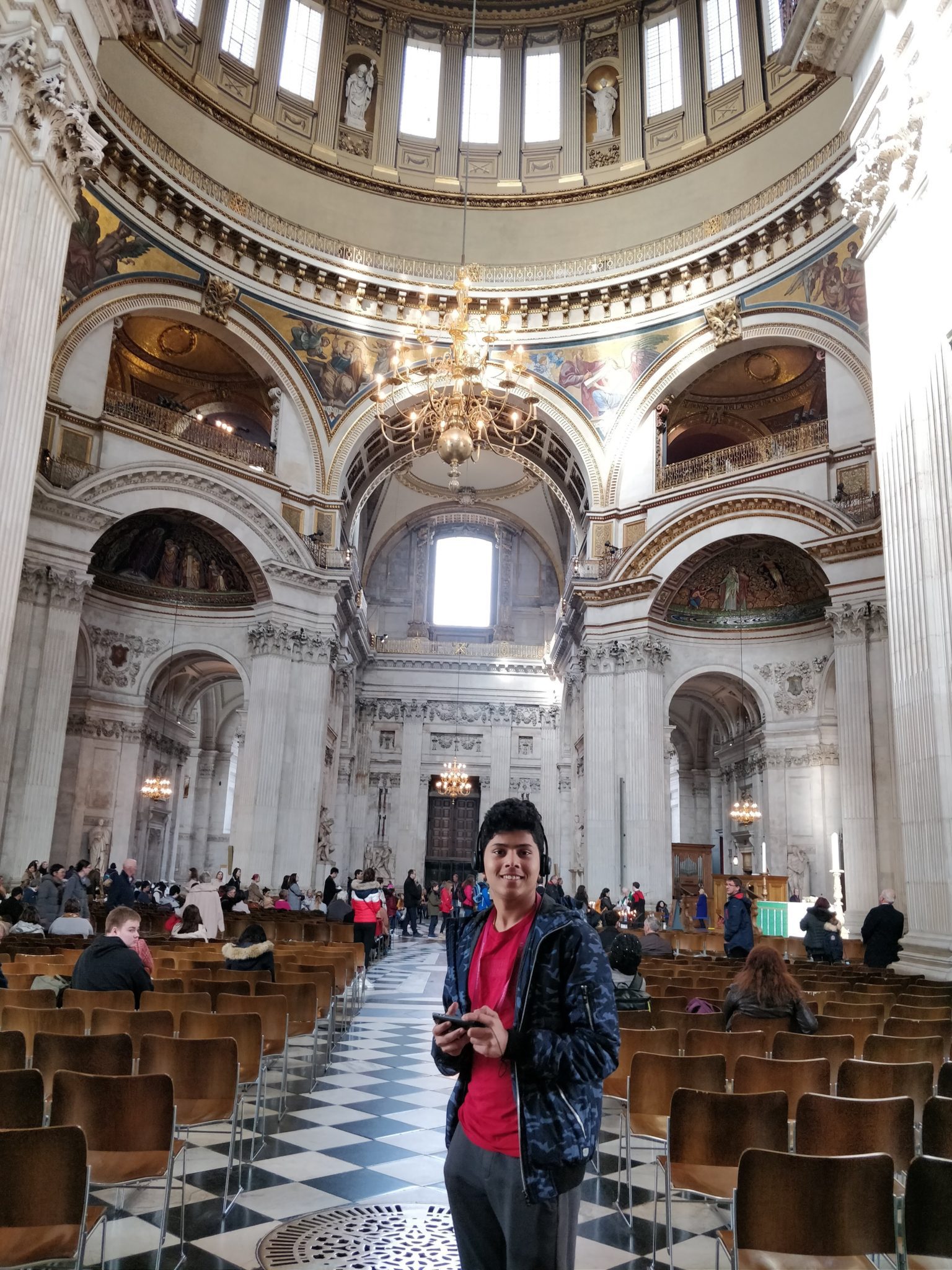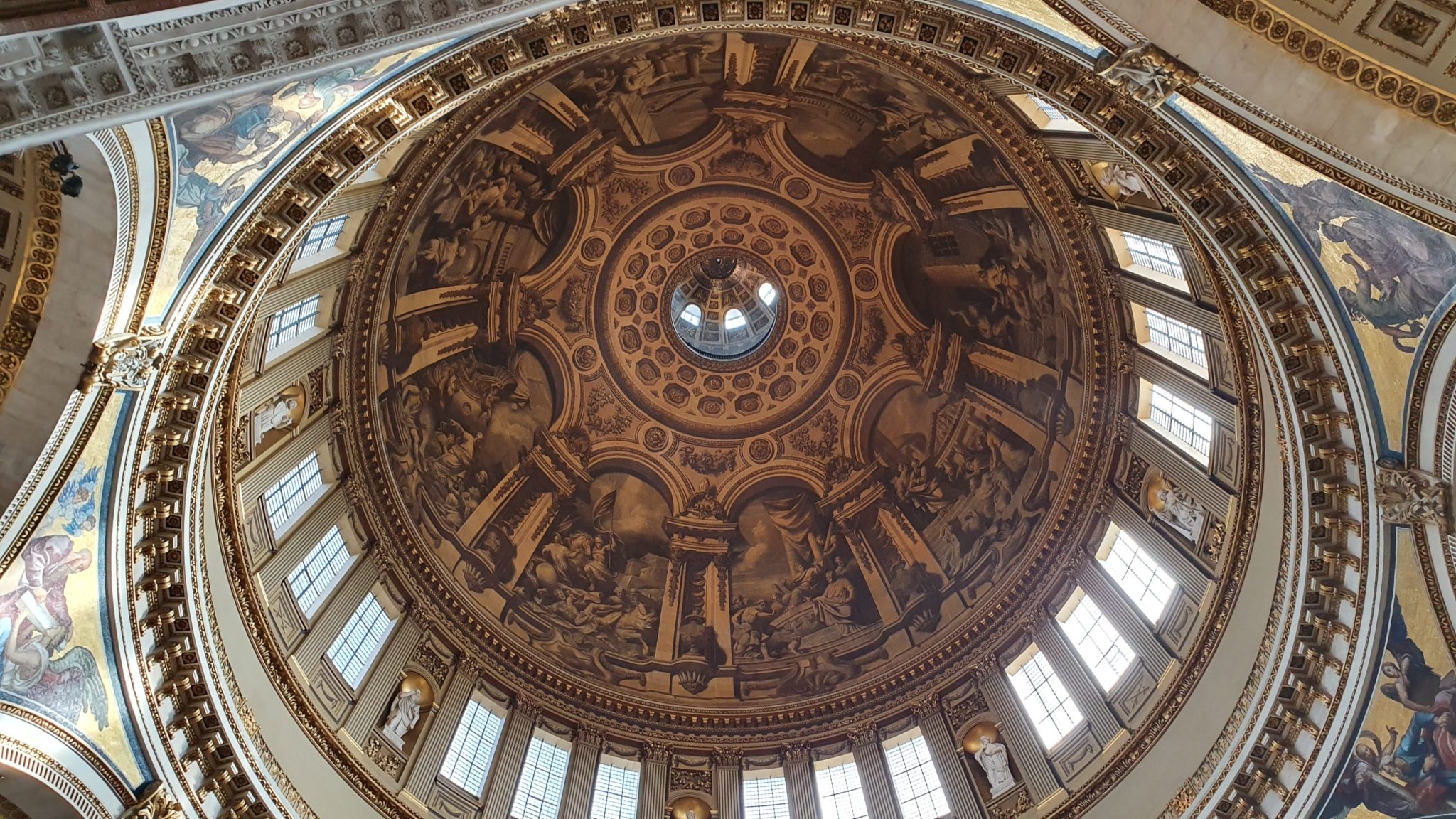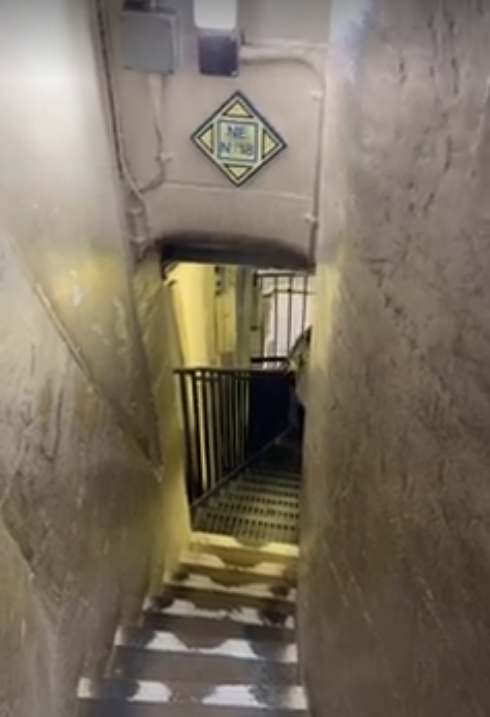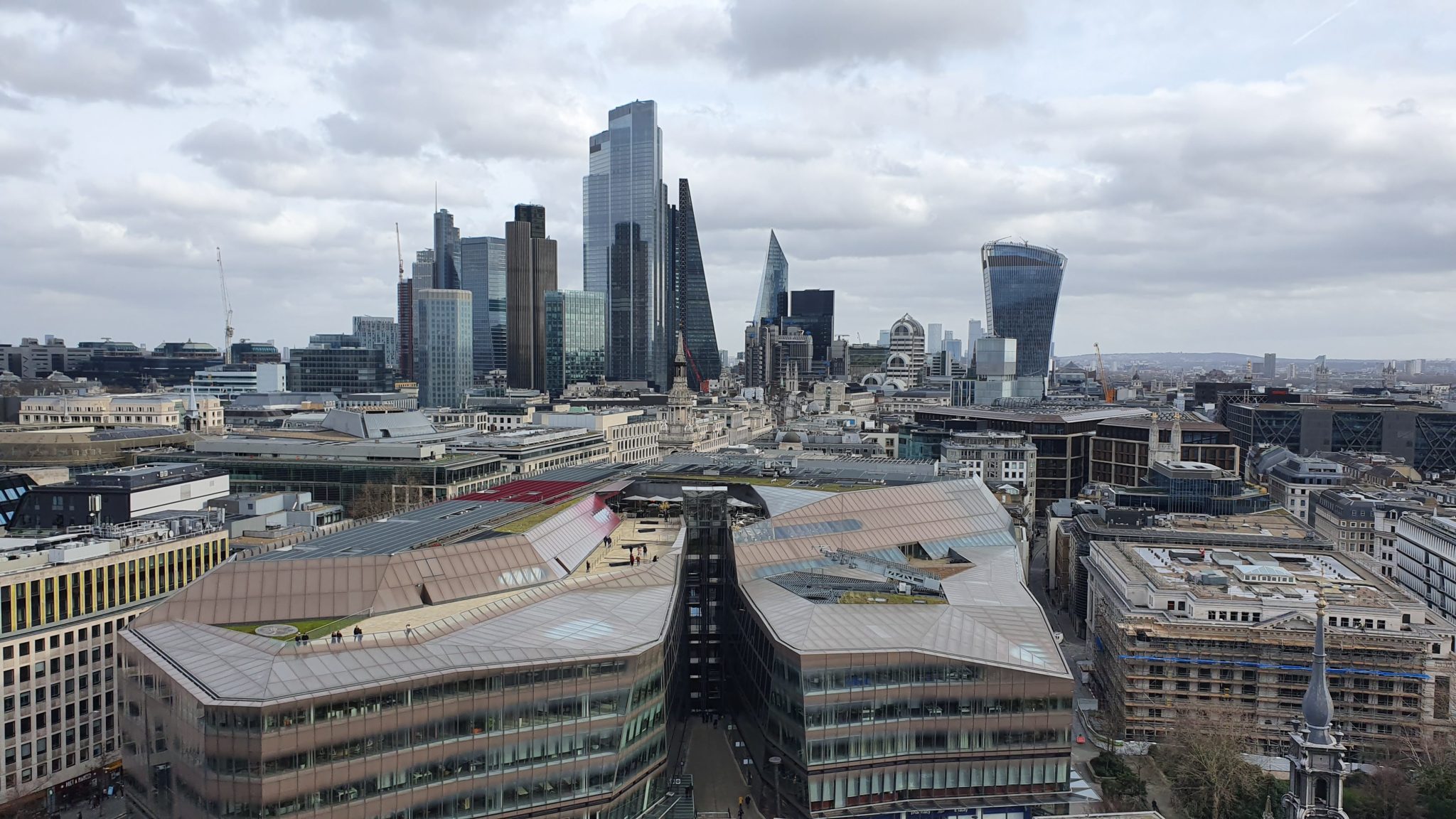Located in the heart of London is yet another iconic touristic location, which is none other than the St. Paul’s Cathedral standing at 111m. It’s another magnificent architecture of Christopher Wren and it won’t disappoint any tourists. With many interesting facts hidden in this Cathedral it becomes a gem of history.
It’s London, of course, there’s traffic!
Getting into inner London is always a challenge. Starting from early in the morning with the rush hour and congestion, to late-night parties in the evening, it becomes almost astounding to say there is no rush in the city. So, a recommendation from me, is to plan to step out of your house to St Paul’s Cathedral early. Not only to this location but anywhere in London or around.

Alongside the hassle of just getting to the location, you also have to secure your parking spot. You’d be stuck in London all day trying to find a parking spot so I advise you to also book for parking regardless of the price, just to give you that peace of mind.
Making your first steps into the Cathedral
Immediately after I made my way in I was surprised to see that this structure looked somewhat smaller from the outside than from the inside. The more you walked the more unfolded. The Church is split into 5 different sections and each section is well informed by the audio-guides you can get for free(included in the ticket) as soon as you enter the Cathedral.

What caught my eye the most was the complexity of the structure. It was enormous and I felt like all factors and carvings were taken care to the inch, moreover, it was in excellent condition even after 345 years(2020) since it was built.
Also, be sure to have a look at the astounding and elaborate pictures hiding above. As you make your way to the dome, you can view an intricate circular painting which particularly catches your eye amidst others. This remarkable painting was done by James Thornhill over the course of more than 4 years. However, the paint you see now are updated versions of the original, because some parts had to be repainted from the late 1800s, due to decay from London’s smog. Many paintings among this are sure to appeal you, as the Cathedral is engulfed with something or the other everywhere you look.
Cathedral Museum
Under the Cathedral floor lies a Museum with heaps of knowledge. I was particularly intrigued by how the design came along. They also have a timeline of all events leading up to the construction of the Cathedral and the events subsequent to it. You can also see the tombs of famous people including Lord Nelson and the Duke of Wellington in the Crypt(a stone chamber beneath the floor of a church).

The Galleries
There are three different galleries which you can view:
- Whispering Gallery – This Gallery gives you a perfect picture of the view from the eyes of the dome at a height of 30m. Unfortunately, as this is only open at certain times of the day we couldn’t get a chance to glance down from the dome.
- Stone Gallery – By taking the 376 steps you get to what is the Stone Gallery where you can capture an astonishing view of the city at a height of 53m. It’s quite a workout from what I experienced but from all the hard work comes a wonderful view which adds to one of the key components to the visit of the Cathedral.
- Golden Gallery – If you really want to get a taste of how high this magnificent structure is, then you should be heading to the highest point tourists can go to. It’s at a height of 85m which you can access by using the narrow, endless, miniature staircase to the top. The staircase was definitely one key aspect making the trip challenging with the metal steps that barely took the size of my foot. However, after the stairs awaits a stunning view alongside a catch of a fresh breeze as you move around the narrow path at the top. Taking a picture here is quite difficult so get your quick hands on the ready as you take a look around.


Going Back in Time
Let’s get an insight into the history of the Cathedral beginning with the architect of the marvelous structure. And you guessed it; yes, it was Christopher Wren. It took almost 40 years for Wren and his team to produce this magnificent structure. The one you see now is not actually the first St Paul’s but a newer and larger one of the old St Paul’s, which was destroyed due to the ‘Great Fire of London’. Christopher Wren was in fact buried in this very Cathedral in the Crypt. The Crypt was one of the features making St Paul’s unlike any other Cathedral elsewhere. It’s known to have the largest Crypt throughout Europe.
For almost 250 years the new St Paul’s Cathedral was the tallest building in London. Moreover, this structure has witnessed many brutal days during its ‘tallest building’ years. One key event which the Cathedral had to face was the Blitz which was a German bombing campaign against the United Kingdom in 1940 and 1941, during the Second World War. The word ‘Blitz’ means lightning representing the unexpected attacks to the United Kingdom. The Cathedral endured all the pain and made it out with damage to the High Altar and the North Transept which left a hole in the floor above the crypt.

This Cathedral had been in our list of places to visit for a long time and I can happily say it was worth the visit. This Cathedral is hidden with many pillars of historical events thanks to Christopher Wren and his team. St Paul’s Cathedral astounded me with its complex features and I’m sure you’d have the same impression.


Leave a Reply